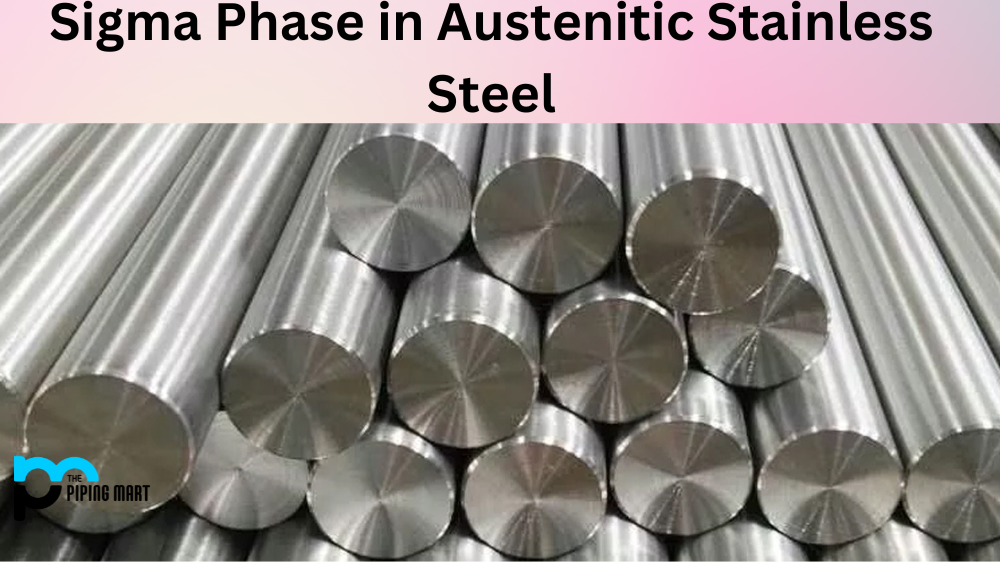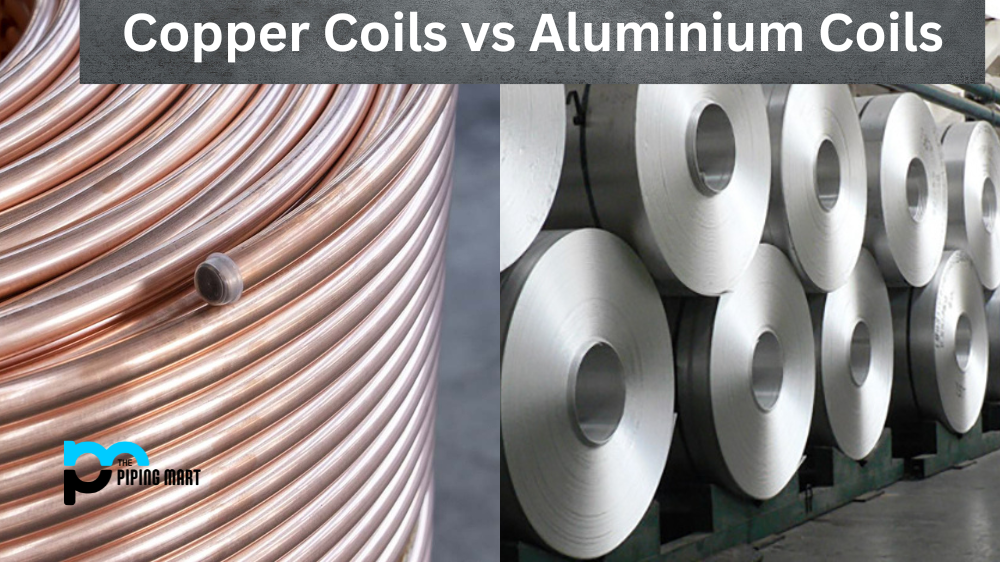The Sigma phase is an intermetallic compound that can form in certain types of stainless steel, such as austenitic stainless steel. This type of corrosion can be dangerous and damaging to stainless steel. Knowing the signs of sigma phase corrosion and how to prevent it from occurring is important for stainless steel producers and users alike. Let’s dive into what sigma phase corrosion is, why it happens, and how to mitigate its effects.
What is Sigma Phase?
The Sigma phase is an intermetallic compound that forms when chromium-rich austenitic alloys are exposed to temperatures between 600°C and 1100°C (1112°F – 2012°F). It appears as dark circles or spots on the surface of the metal, hence the nickname “Black Spot Syndrome.” The formation of the sigma phase weakens the alloy’s resistance to corrosion and can lead to other damage, such as cracking and embrittlement.
Why Does Sigma Phase Occur?
The sigma phase occurs mainly because austenitic alloys contain high levels of chromium and nickel, which react with oxygen at high temperatures. This reaction causes the formation of chromium oxide (Cr2O3) on the surface of the metal. As more Cr2O3 accumulates, it forms compounds with other elements in the alloy and eventually creates sigma phase crystals.
How Can Sigma Phase be Prevented?
The best way to prevent the sigma phase from forming is by controlling temperature exposure during processing or manufacturing stages. Lowering temperatures during heat treatment or welding processes will reduce the chances of the sigma phase forming on your material. Additionally, adding molybdenum or nitrogen will increase resistance to oxidation while decreasing susceptibility to sigma-phase formation.
Conclusion:
Sigma Phase corrosion can be damaging for producers and users alike. Still, understanding what it is, why it occurs, and how to prevent it from forming are important steps for ensuring your materials remain safe from harm. By controlling temperature exposure during processing stages and adding molybdenum or nitrogen alloys, you can ensure that your materials are protected from this type of corrosion while maintaining their strength and durability. If you suspect your austenitic stainless steel has been affected by sigma-phase corrosion already, contact a professional right away for assistance in mitigating its effects. By being proactive about understanding sigma-phase corrosion in austenitic stainless steel, you can help protect yourself against any potential damages associated with this type of corrosion.

A passionate metal industry expert and blogger. With over 5 years of experience in the field, Palak brings a wealth of knowledge and insight to her writing. Whether discussing the latest trends in the metal industry or sharing tips, she is dedicated to helping others succeed in the metal industry.




